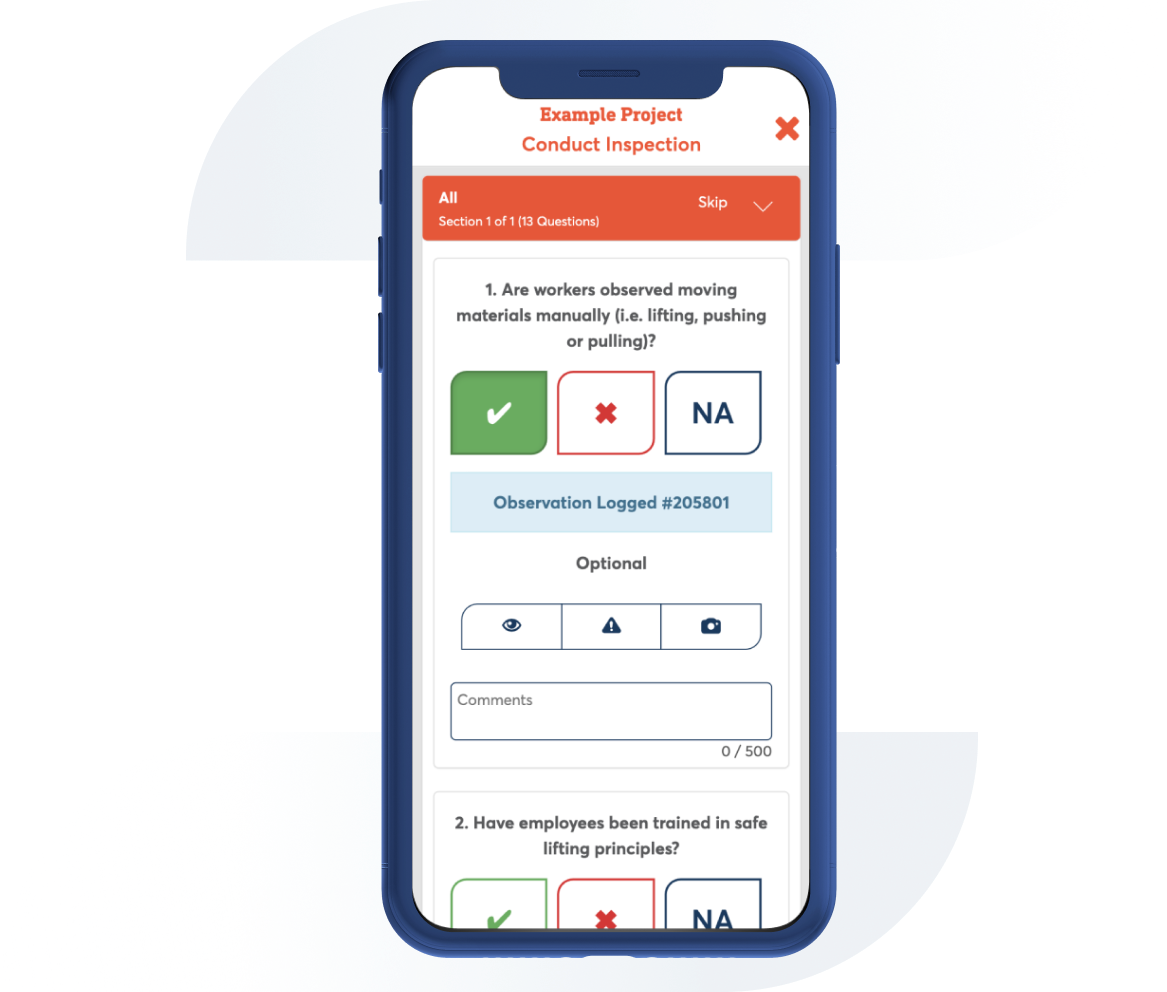Fires and explosions inspections
Contributor: Safesite Jurisdiction: OSHA and DOT
Use this checklist to prevent Fires And explosion and other hazards commonly found on the farm for safe work place and find ways to keep your plant from blowing up and burning down

Template Preview
1. There are an adequate number of fire extinguishers and all employees are trained on the use of fire extinguishers upon hire and annually thereafter?
Actions
2. Only approved containers are used to store flammable or combustible materials (Factory Mutual (FM) or Underwriter Laboratory (UL) approved)? (OSHA defines a safety container as "an approved container of not more than 5-gallons capacity, having a spring-closing lid and spout cover and so designed that it will safely relieve internal pressure when subjected to fire exposure
Actions
3. Quantities of flammable liquid in excess of 25 gallons are stored in an acceptable or approved cabinet (must be labeled in conspicuous lettering, "Flammable - Keep Fire Away.")
Actions
4. Flammable liquids are not stored in areas used for exits, stairways, or normally used for the safe passage of people?
Actions
5. No-smoking signs posted in all regulated areas?
Actions
6. Service or fueling areas at job sites have a 20BC-rated fire extinguisher within 75 feet of each pump.
Actions
7. Liquids are stored in appropriate containers during transport and appropriate DOT signage is visible when required
Actions
8. Equipment is never fueled with the engine running?
Actions
1. Are only authorized and trained personnel permitted to use welding, cuffing or brazing equipment?
Actions
2. Helmets, gloves, and goggles are utilized and meet appropriate standards?
Actions
3. Are only approved apparatus (torches, regulators, pressure-reducing valves, acetylene generators, manifolds) used?
Actions
4. Gas cylinders are secured to prevent them from falling or being knocked over when work is performed?
Actions
5. Is it required that electric power to the welder be shut off when no one is in attendance?
Actions
6. When the object to be welded cannot be moved and fire hazards cannot be removed, are shields used to confine heat, sparks, and slag?
Actions
7. Is a check made for adequate ventilation in and where welding or cutting is performed?
Actions
8. When working in confined places, environmental monitoring tests taken and means provided for quick removal of welders in case of an emergency?
Actions
9. Write Comments or Remarks here:

Can't find what you are looking for?
